Tufts Medical Center Automates Anesthesia Documentation Process
|
By HospiMedica International staff writers Posted on 23 Jul 2014 |
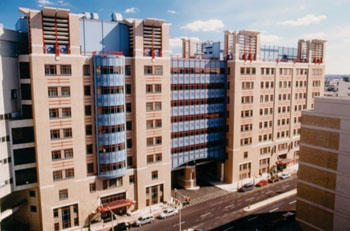
Image: Tufts Medical Center in Boston (Photo courtesy of the Tufts Medical Center).
Tufts Medical Center (Boston, MA, USA) has adopted Anesthesia Touch, a full-featured anesthesia information management system (AIMS) that automates anesthesia documentation.
The Plexus Information Systems (Plexus IS; Boston, MA, USA) Anesthesia Touch AIMS improves workflow processes, enhances patient safety, and increases mobility for Tufts Medical Center's anesthesia providers. The system allows clinicians to utilize Apple iOS iPad technology in preoperative and postoperative rooms, and Windows touchscreen technology in the intraoperative rooms. The system uses a cloud-based solution for capturing, managing, and storing patient information.
Anesthesia Touch also provides intelligent clinical decision support, such as allergy alerts, antibiotic re-dosing, and best practice compliance reminders. An electronic medical record (EMR) reporting engine also allows departments and facilities to capture valuable information for analysis. The data captured may also be used to drive outcome studies and practice improvement initiatives. Tight integration by Anesthesia Touch with other systems and equipment in operating rooms also enhances communication between perioperative personnel.
“It was extremely important for us to have a customizable AIMS system with an intuitive and clinician-friendly user interface to suit the diverse needs of an academic medical center,” said Scott Segal, MD, MHCM, anesthesiologist-in-chief at Tufts Medical Center. “The capability of our AIMS to integrate with other hospital systems ensures that our patients receive the highest level of anesthesia care at our Medical Center.”
“We are proud to partner with Tufts Medical Center as their AIMS provider. They are an important regional healthcare provider with a long history of providing outstanding patient care,” said Albert Woo, MD, president of Plexus IS. “Comprehensive reporting will also help Tufts Medical Center to effectively demonstrate quality performance compliance and will help anesthesia providers take full advantage of the clinical and financial benefits of the meaningful use incentive program.”
Tufts Medical Center is an academic medical center located in downtown Boston (MA, USA), and is home to both a full-service hospital for adults and the Floating Hospital for Children, a full-service children's hospital and the principal pediatric teaching hospital of Tufts University School of Medicine. The 415-bed academic medical center is the principal teaching hospital for Tufts University School of Medicine. Tufts Medical Center is also affiliated with the New England Quality Care Alliance (Braintree, MA, USA), a network of nearly 1,800 physicians throughout Eastern Massachusetts.
Related Links:
Tufts Medical Center
Plexus Information Systems
Tufts University School of Medicine
New England Quality Care Alliance
The Plexus Information Systems (Plexus IS; Boston, MA, USA) Anesthesia Touch AIMS improves workflow processes, enhances patient safety, and increases mobility for Tufts Medical Center's anesthesia providers. The system allows clinicians to utilize Apple iOS iPad technology in preoperative and postoperative rooms, and Windows touchscreen technology in the intraoperative rooms. The system uses a cloud-based solution for capturing, managing, and storing patient information.
Anesthesia Touch also provides intelligent clinical decision support, such as allergy alerts, antibiotic re-dosing, and best practice compliance reminders. An electronic medical record (EMR) reporting engine also allows departments and facilities to capture valuable information for analysis. The data captured may also be used to drive outcome studies and practice improvement initiatives. Tight integration by Anesthesia Touch with other systems and equipment in operating rooms also enhances communication between perioperative personnel.
“It was extremely important for us to have a customizable AIMS system with an intuitive and clinician-friendly user interface to suit the diverse needs of an academic medical center,” said Scott Segal, MD, MHCM, anesthesiologist-in-chief at Tufts Medical Center. “The capability of our AIMS to integrate with other hospital systems ensures that our patients receive the highest level of anesthesia care at our Medical Center.”
“We are proud to partner with Tufts Medical Center as their AIMS provider. They are an important regional healthcare provider with a long history of providing outstanding patient care,” said Albert Woo, MD, president of Plexus IS. “Comprehensive reporting will also help Tufts Medical Center to effectively demonstrate quality performance compliance and will help anesthesia providers take full advantage of the clinical and financial benefits of the meaningful use incentive program.”
Tufts Medical Center is an academic medical center located in downtown Boston (MA, USA), and is home to both a full-service hospital for adults and the Floating Hospital for Children, a full-service children's hospital and the principal pediatric teaching hospital of Tufts University School of Medicine. The 415-bed academic medical center is the principal teaching hospital for Tufts University School of Medicine. Tufts Medical Center is also affiliated with the New England Quality Care Alliance (Braintree, MA, USA), a network of nearly 1,800 physicians throughout Eastern Massachusetts.
Related Links:
Tufts Medical Center
Plexus Information Systems
Tufts University School of Medicine
New England Quality Care Alliance
Latest Critical Care News
- Smart Bandages to Revolutionize Treatment of Chronic Wounds
- Portable System for Warming Blood and IV-Fluids Reduces Hypothermia Risk in Hemorrhaging Patients
- AI-Generated Real-Time Alerts for Declining Health Speeds Up Treatment and Reduces Hospital Deaths
- Breakthrough Computational Method Predicts Sudden Cardiac Death
- Ingestible Microbiome Sampling Pill to Help Diagnose Wide Range of Health Conditions
- GPS-Like Smart Pills with AI Provide Real-Time 3D Monitoring Of Gastrointestinal Health
- Bioengineering Breakthrough to Improve Bone Regeneration Treatments
- Soft Robots with Electronic Skins and Artificial Muscles to Provide Medical Treatment
- AI Camera Technology Helps Doctors Quickly Assess Severity of Infections
- Machine Learning Delivers Personalized Oxygenation for Patients on Ventilators
- New AI Algorithm Detects Rare Epileptic Seizures from EEG Data
- Facial Thermal Imaging Combined with AI Predicts Coronary Artery Disease
- AI Technology Predicts Cardiac Events 10 Years in Advance
- Recyclable ‘Smart Skin’ Monitors Biological Signals on Demand
- Novel Catheter to Reduce Risk for Associated Urinary Tract Infections and Sepsis
- AI Doubles Medical Professionals’ Accuracy in Reading EEG Charts of ICU Patients
Channels
Critical Care
view channel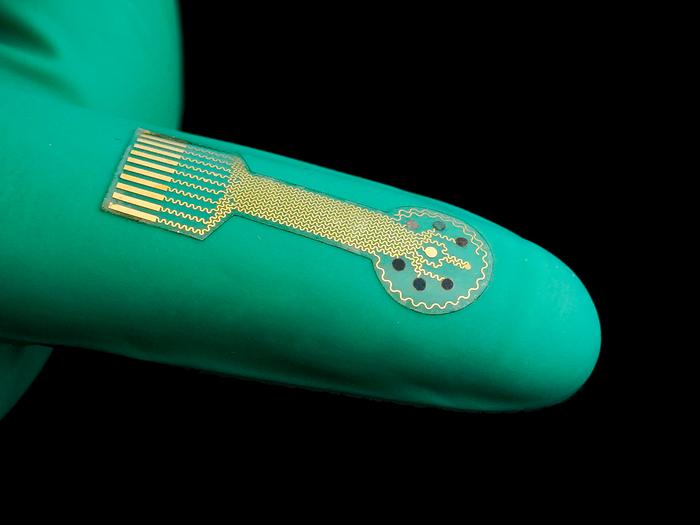
Smart Bandages to Revolutionize Treatment of Chronic Wounds
Chronic wounds, such as diabetic ulcers, surgical wounds, pressure injuries, and others, are more lethal than many realize. Patients with chronic wounds face a five-year survival rate of about 70%, which... Read more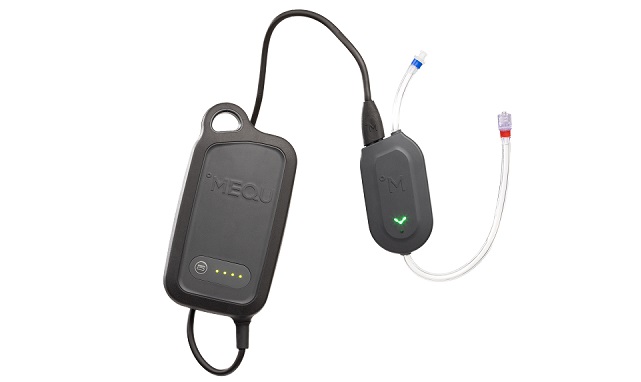
Portable System for Warming Blood and IV-Fluids Reduces Hypothermia Risk in Hemorrhaging Patients
Maintaining a normothermic temperature in patients is often challenging. Accidental hypothermia is a known risk that can lead to increased complications and extended hospital stays. One key factor contributing... Read more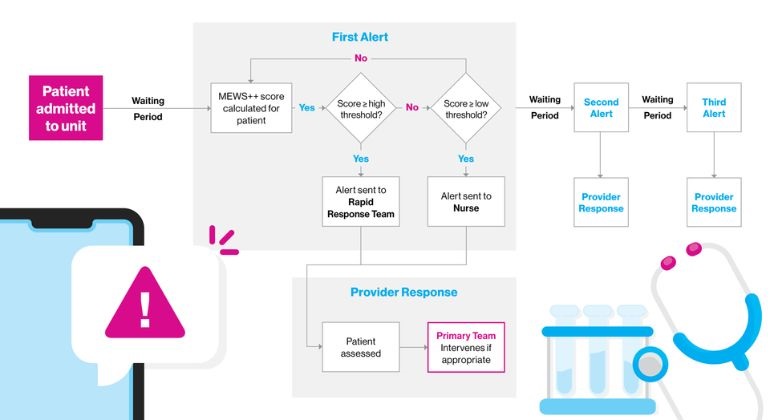
AI-Generated Real-Time Alerts for Declining Health Speeds Up Treatment and Reduces Hospital Deaths
A fundamental objective of inpatient care is the timely intervention to prevent or manage clinical deterioration, which often leads to escalated care associated with poorer outcomes and increased use of resources.... Read more
Ingestible Microbiome Sampling Pill to Help Diagnose Wide Range of Health Conditions
The healthy human gut is home to more than 1,000 species of bacteria, most of which play a beneficial role in digestion and protecting against disease. When the natural balance of these microbes is disrupted,... Read moreSurgical Techniques
view channel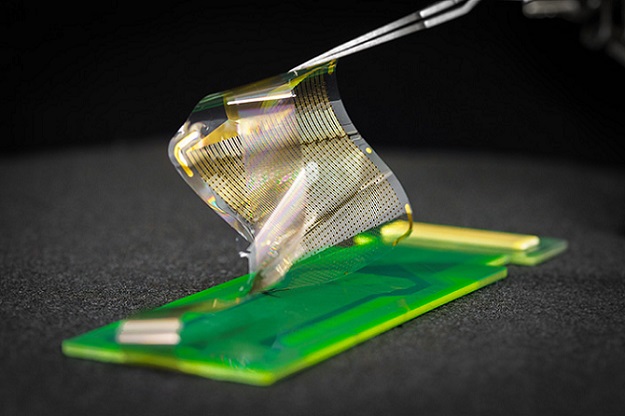
Electronic Grid Records Brain Activity during Surgery to Minimize Damage to Healthy Tissue
A new electronic grid equipped with nanoscale sensors that records electrical signals from the human brain with unprecedented detail could enhance surgical planning and execution for removing brain tumors... Read more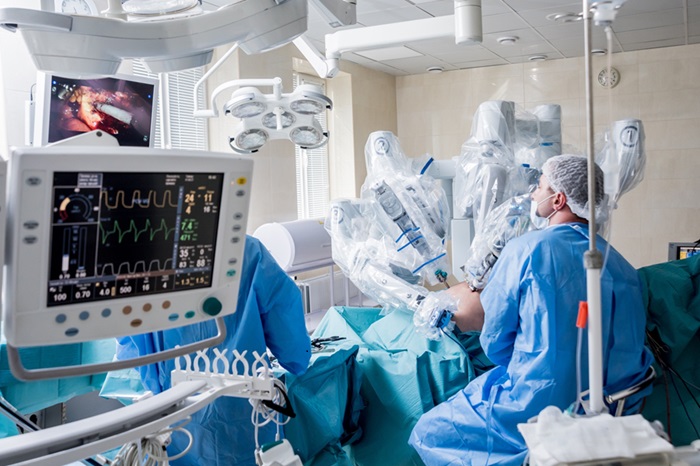
Total Robotic Metabolic and Bariatric Surgery Proves More Beneficial than Conventional Laparoscopy
According to the U.S. Centers for Disease Control and Prevention (CDC), 42.4% of Americans are affected by obesity. Research indicates that obesity can compromise the immune system, trigger chronic inflammation,... Read moreWirelessly Activated Robotic Device Aids Digestion in Patients with Compromised Organs
The transport of fluids and solids is essential in the human body, driven by a wave-like movement in the lumen known as peristalsis. However, peristalsis can be disrupted in patients who have obstructions... Read morePatient Care
view channelFirst-Of-Its-Kind Portable Germicidal Light Technology Disinfects High-Touch Clinical Surfaces in Seconds
Reducing healthcare-acquired infections (HAIs) remains a pressing issue within global healthcare systems. In the United States alone, 1.7 million patients contract HAIs annually, leading to approximately... Read more
Surgical Capacity Optimization Solution Helps Hospitals Boost OR Utilization
An innovative solution has the capability to transform surgical capacity utilization by targeting the root cause of surgical block time inefficiencies. Fujitsu Limited’s (Tokyo, Japan) Surgical Capacity... Read more
Game-Changing Innovation in Surgical Instrument Sterilization Significantly Improves OR Throughput
A groundbreaking innovation enables hospitals to significantly improve instrument processing time and throughput in operating rooms (ORs) and sterile processing departments. Turbett Surgical, Inc.... Read moreHealth IT
view channel
Machine Learning Model Improves Mortality Risk Prediction for Cardiac Surgery Patients
Machine learning algorithms have been deployed to create predictive models in various medical fields, with some demonstrating improved outcomes compared to their standard-of-care counterparts.... Read more
Strategic Collaboration to Develop and Integrate Generative AI into Healthcare
Top industry experts have underscored the immediate requirement for healthcare systems and hospitals to respond to severe cost and margin pressures. Close to half of U.S. hospitals ended 2022 in the red... Read more
AI-Enabled Operating Rooms Solution Helps Hospitals Maximize Utilization and Unlock Capacity
For healthcare organizations, optimizing operating room (OR) utilization during prime time hours is a complex challenge. Surgeons and clinics face difficulties in finding available slots for booking cases,... Read more
AI Predicts Pancreatic Cancer Three Years before Diagnosis from Patients’ Medical Records
Screening for common cancers like breast, cervix, and prostate cancer relies on relatively simple and highly effective techniques, such as mammograms, Pap smears, and blood tests. These methods have revolutionized... Read morePoint of Care
view channel
POCT for Infectious Diseases Delivers Laboratory Equivalent Pathology Results
On-site pathology tests for infectious diseases in rural and remote locations can achieve the same level of reliability and accuracy as those conducted in hospital laboratories, a recent study suggests.... Read more
Cartridge-Based Hemostasis Analyzer System Enables Faster Coagulation Testing
Quickly assessing a patient's total hemostasis status can be critical to influencing clinical outcomes and using blood products. Haemonetics Corporation (Boston, MA, USA) has now obtained 510(k) clearance... Read more
Critical Bleeding Management System to Help Hospitals Further Standardize Viscoelastic Testing
Surgical procedures are often accompanied by significant blood loss and the subsequent high likelihood of the need for allogeneic blood transfusions. These transfusions, while critical, are linked to various... Read moreBusiness
view channel
BD Acquires Edwards Lifesciences' Critical Care Product Group for USD 4.2 Billion
BD (Becton, Dickinson and Company, Franklin Lakes, NJ, USA) and Edwards Lifesciences (Irvine, CA, USA) have entered into a definitive agreement under which BD will acquire Edwards' Critical Care product... Read more








